Thank you for buying this
St. Martins Publishing Group ebook.
To receive special offers, bonus content,
and info on new releases and other great reads,
sign up for our newsletters.
Or visit us online at
us.macmillan.com/newslettersignup
For email updates on Jacob Sager Weinstein, click here.
For email updates on Fabio Sardo, click here.
The author and publisher have provided this e-book to you for your personal use only. You may not make this e-book publicly available in any way. Copyright infringement is against the law. If you believe the copy of this e-book you are reading infringes on the authors copyright, please notify the publisher at: us.macmillanusa.com/piracy .
For Josh and Lisa, with love It no longer makes sense to think of people as born with fixed reserves of potential; instead, potential is an expandable vessel, shaped by the various things we do throughout our lives. Anders Ericsson
Intelligence is not fixed.
Again and again, when psychologists have investigated human intellectual capacity, theyve found an astonishing potential for growth. However you use your brainhowever creative or strategic or analytical or organized you areyou can always attain a higher level.
Maybe you think thats just my opinion. Maybe you think it applies only to some kind of fuzzy, anything-goes intelligence. But consider the case of IQ. It isnt the only measure of intelligence, but its certainly an objective measure of one kind of smarts.
And in 1984, social scientist James Flynn made a remarkable discovery:
For at least as long as IQ tests had existed, people had been getting smarter. For a hundred years, across the entire developing world, IQs went up three points a decade.
To this day, nobody is sure why. Maybe humanity got smarter because we ate better (). Whatever the reason, if humanity as a whole can do it, then individual humans can, too. Every one of us can be smarter than we are.
This book has one hundred things you can do right now to do just that.
Some are things to learn (like the basics of probability ).
Even when the general idea is familiar, I hope to teach you something new. You probably know that sleep helps you think more clearly, but do you know what the optimum nap length is for improved reasoning ()? As varied as they are, all 100 tips have one thing in common: theyre designed to help you live your smartest life.

ICONS TO LOOK FOR:
Throughout this book, youll notice a few recurring logos. Heres what they mean.

Some of the things in this book are one-time lessons to learn. But many of them are habits you can implement, becoming a little smarter each time. If you want help on establishing good habits, see . And if you want a habit tracker, there are some built right into the back of the book jacket.

Im not a neurologist or a psychologist. Im just a writer whos fascinated by the human brain. In writing this book, Ive read and digested the work of a lot of brilliant people who know more than I do. Ive done my best to explain their work in a way that gives you concrete steps you can take right away. But inevitably, theyve put more ideas in their books than I can present in a one- or two-page exercise. If you want to learn more, the Learn More logo will guide you to brilliant books that go further in depth.

Im also the author of Be Happier Now . It turns out that a number of tips work equally well in either book. The Happiness Bonus logo will draw your attention to techniques that will make you simultaneously happier and smarter.

Growth mindset is the belief that intelligence improves with exercise. Fixed mindset is the belief that intelligence is an unchanging trait youre born with.
Unlike fixed mindset, growth mindset encourages you to seek out challenges, which makes you grow. Its the best kind of self-fulfilling prophecy.
STEP 1: Identify a personal limitation. Add yet to it but try to be realistic.

STEP 2: Put yourself in a situation that will stretch you (without physical risk!).


If you want to learn more, read Mindset: The New Psychology of Success by Carol Dweck.

If youve given yourself a chance to be challenged (and even fail!), youve succeeded.
From chess-players to surgeons, top performers master their craft through deliberate practice . Whatever skill you want to learn, it can help you achieve mastery.
STEP 1: Identify a stumbling block to mastery, whether its a tough musical passage or your inability to express your needs in a relationship. STEP 2: Find an exercise that will mercilessly work that weak point. Play those tricky bars again and again. Express your needs to strangers in the street. STEP 3: Pay attention to the feedback (including from your own senses). Are you hearing more or fewer wrong notes? Are those strangers nodding sympathetically or edging nervously away? Adjust accordingly. STEP 4: When youve improved enough that this is no longer your weakest point, go back to Step 1 and identify a new weak point.

If you want to learn more, read Peak: Secrets from the New Science of Expertise by Anders Ericsson and Robert Pool.

If youve identified your weakest point and found an exercise to address it, give yourself a win.

The traditional method of practicing a skill is to do it multiple times in a row. This is called blocking . If youre an aspiring mad scientist, a practice block might look like this:
A more effective way to learn is interleaving , or alternating among different skills:

Because of the constant switching, one session of interleaved practice may give you less confidence than one session of blocking. But in the long run, the extra demands on your brain will help you learn better. Bad news for the meddling superhero trying to stop you!
STEP 1: Engage in deliberate practice ( ) for a skill. STEP 2: Practice one or more other skills. STEP 3: Alternate among skills for your entire practice session.
 Next page
Next page



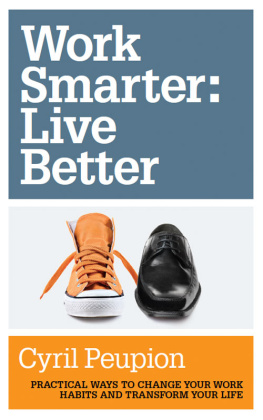


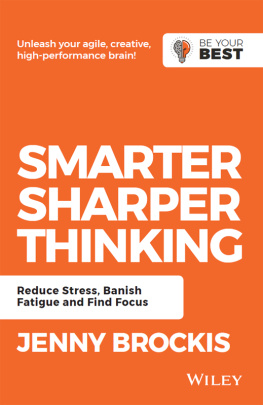

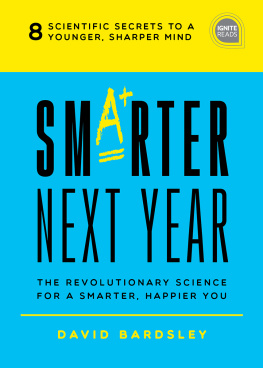
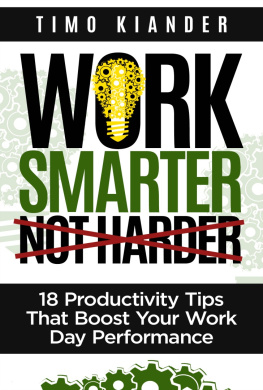

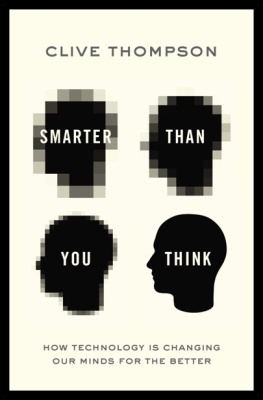







 If you want to learn more, read Mindset: The New Psychology of Success by Carol Dweck.
If you want to learn more, read Mindset: The New Psychology of Success by Carol Dweck.  If youve given yourself a chance to be challenged (and even fail!), youve succeeded.
If youve given yourself a chance to be challenged (and even fail!), youve succeeded. 

